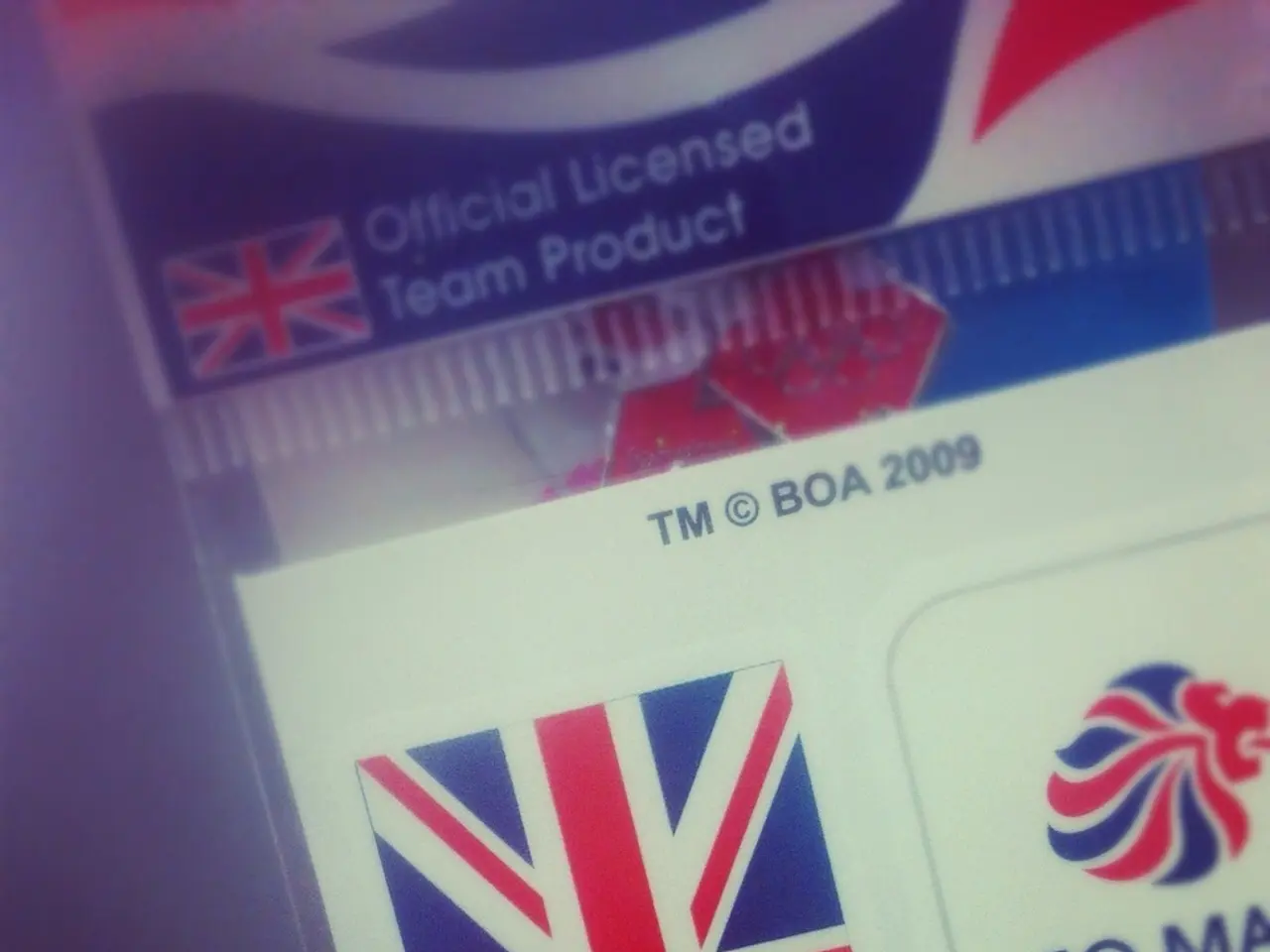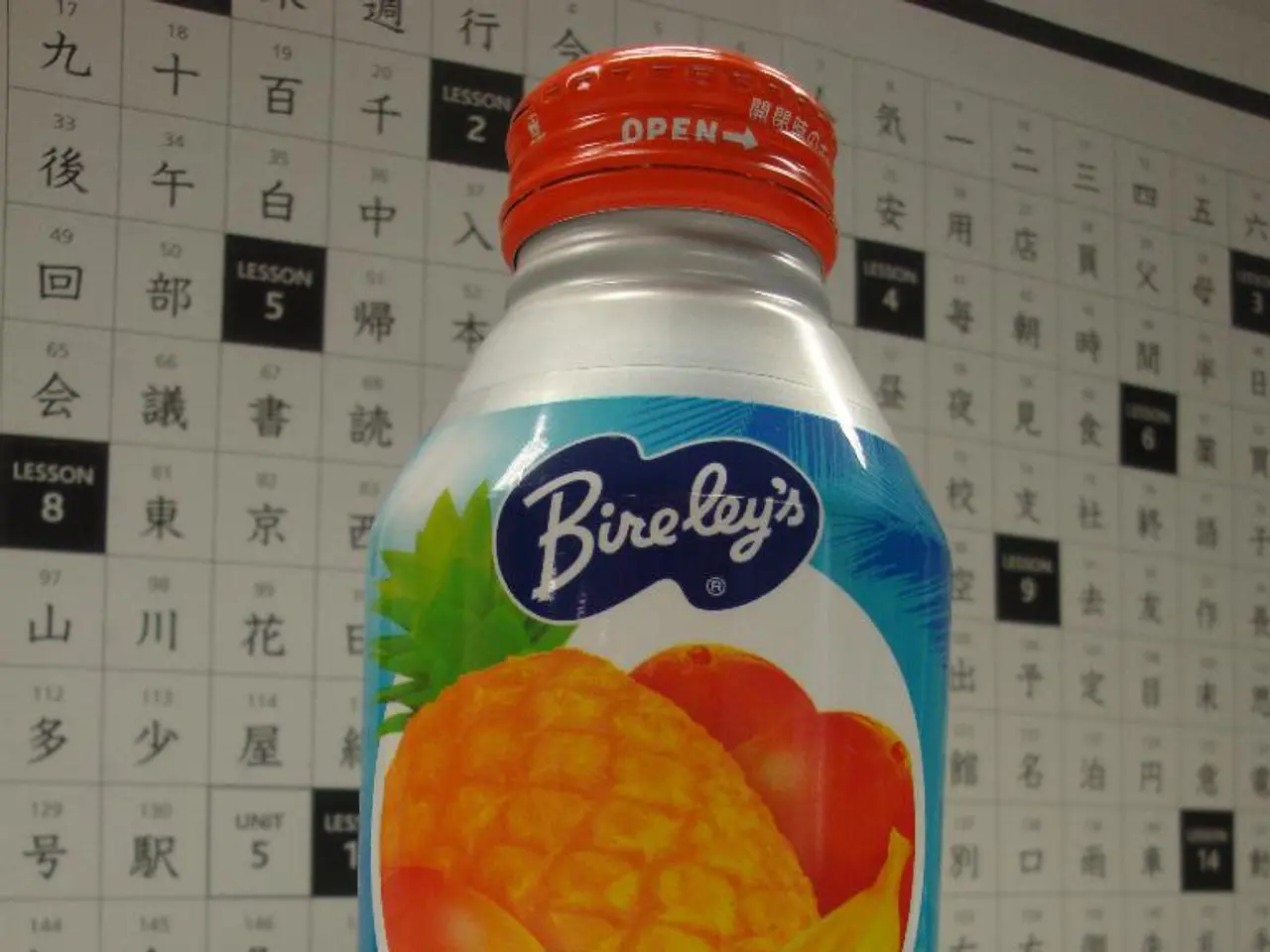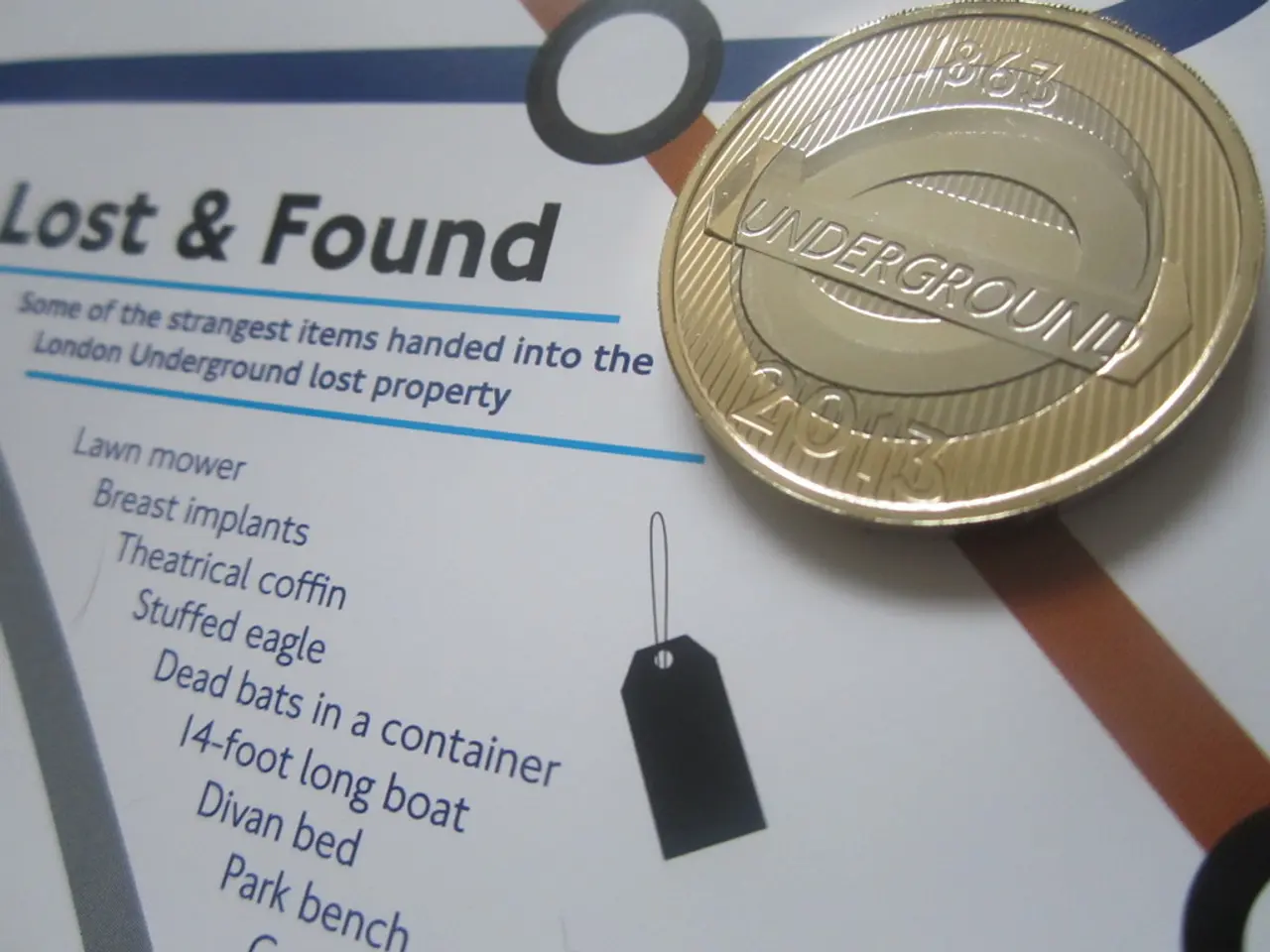IUL Explained: Function and Mechanism
Indexed Universal Life (IUL) insurance is a type of permanent coverage that can last the policyholder's entire life and build cash value. Unlike Term Life insurance, which offers a fixed death benefit for a specific term, IUL offers more flexibility in terms of premiums and death benefit.
The cash value of IUL is tied to the performance of a stock or bond index, offering potentially higher returns compared to other types of permanent life insurance. However, it also comes with a capped upside and a guaranteed floor to protect against losses.
Cash Value Growth
Whole Life insurance provides guaranteed cash value growth at a fixed rate, making returns predictable and stable over time. In contrast, IUL cash value growth is linked to the performance of a stock market index, like the S&P 500, offering potentially higher returns but with a capped upside and a guaranteed floor to protect against losses.
Premium Flexibility
Whole Life policies generally have fixed premiums, meaning payments remain steady throughout the policy term. On the other hand, IUL policies offer flexible premium payments that policyholders can adjust within limits, allowing adaptation to changing financial situations.
Death Benefit Flexibility
Whole Life insurance usually provides a fixed, guaranteed death benefit. In contrast, IUL insurance allows for adjustable death benefits, giving more control over coverage amounts as long as policy guidelines are met.
Cost and Complexity
IUL tends to have higher fees and greater complexity due to its market-linked features and administrative costs. In comparison, Whole Life insurance is typically more straightforward but has less growth potential.
Access to Cash Value
Both policies allow you to borrow against or withdraw from the cash value, often tax-deferred, providing liquidity and financial flexibility.
Key Differences
IUL and Whole Life insurance have distinct differences in cash value growth, premium and death benefit flexibility, cost, and complexity. When considering an IUL policy, it's important to ask how the interest rates, fees, caps, participation rates, or premiums could affect the policy's performance.
Anyone considering an IUL policy should find a life insurance agent with a Chartered Life Underwriter (CLU) designation to help navigate the buying and management processes.
It's also essential to understand that IUL policies have their pros and cons, such as stock market-driven returns, control, and risk. Caps and participation rates can be adjusted by the insurer during the life of the policy. The cash value in IUL can earn or restrict interest in three ways: fixed interest rate, the performance of stock and bond indexes, and the participation rate.
Lastly, IUL is a permanent policy, meaning it does not have a set expiration date like Term Life insurance. This makes it a suitable choice for those seeking lifelong coverage.
In summary, Whole Life insurance offers guaranteed, steady growth with less flexibility, whereas IUL provides flexible premiums and death benefits with cash value growth tied to market index performance, combining growth potential with downside protection but with more complexity and costs.
- The cash value of Indexed Universal Life (IUL) insurance is linked to the performance of a stock or bond index, such as the S&P 500, offering potentially higher returns but with a capped upside and a guaranteed floor to protect against losses.
- Unlike Whole Life insurance, which guarantees cash value growth at a fixed rate, IUL policies offer flexible premium payments that policyholders can adjust within limits.
- Whole Life insurance usually provides a fixed, guaranteed death benefit, whereas IUL insurance allows for adjustable death benefits, providing more control over coverage amounts.
- IUL tends to have higher fees and greater complexity due to its market-linked features and administrative costs, in comparison to Whole Life insurance which is typically more straightforward.
- Both policies allow you to borrow against or withdraw from the cash value, often tax-deferred, providing liquidity and financial flexibility.
- When considering an IUL policy, it's important to understand how the interest rates, fees, caps, participation rates, or premiums could affect the policy's performance and to find a life insurance agent with a Chartered Life Underwriter (CLU) designation for guidance.
- IUL is a permanent policy without a set expiration date, making it a suitable choice for those seeking lifelong coverage in the personal-finance and insurance industry, offering an investment option that combines growth potential with downside protection but with more complexity and costs compared to traditional Whole Life insurance.




